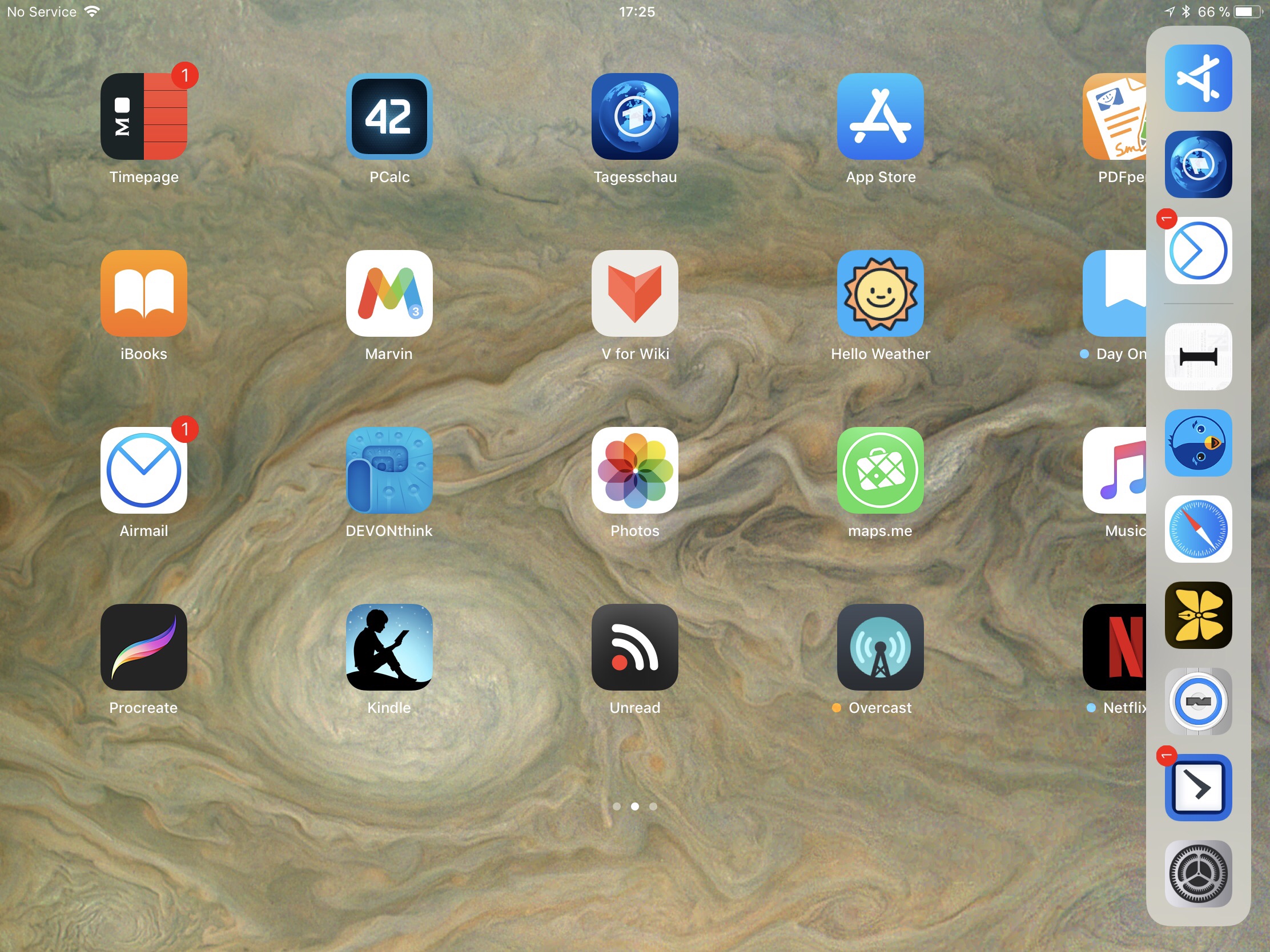E-mail clients are plentiful now on iOS, although there have been times where this category of apps were not available on the App Store at all.
But since third-party clients have been made available, I have taken some of them for a spin to see whether I could find the one that works best for me.
I wanted (but, in all honesty did not fully expect) to see whether it is really possible for me to point to one of the apps and declare it the best one overall, period.
The Sweet Setup thinks the best e-mail app on iOS is Outlook. I have tried Outlook but (as much as I respect The Sweet Setup) it did not even make it into the three apps that I have finally spent some time with:
Spark
Spark is a really solid option on iOS with some minor drawbacks. It is very well designed and visually the most appealing apps of the three.
One of the most prominent features is the “smart inbox” that does a pre-sorting of incoming e-mails and presents the user with a structured list of e-mails separated in different categories (e.g. newsletters, notifications, and personal)
Spark supports snoozing and also the opposite of it, i.e. pinning an e-mail to the inbox.
The feature that I like most is that Spark is able to make a proposal for the target folder of a move operation. The proposals are surprisingly accurate.
And Spark is fast. Switching between e-mails as well as access to attachments is almost instantaneous.
Spark supports push-notifications for IMAP accounts, but in my experience the notifications have a tendency to stop coming in after an initial period where everything works well.
Until yesterday, search used to be more or less a desaster. I’ve heard a lot of praise about Spark‘s search capabilities, but that must have come from gmail-users, I assume. On IMAP, search just did not work. It was unreliable and utterly slow.
Today saw the release of version 1.8.0 that fixes most of the annoyances. Search now works as I want it to, at least if I have opened the folder in which potential hits are located previously. Spark will just ignore folders that have not been opened in the app for search.
One minor issue that I have with Spark is that it does not have the ability to make any changes in the folder structure, i.e. renaming, adding or removing folders is not supported.
Airmail
Spark’s greatest weakness (in the past) is where Airmail shines like a beacon in the night. It has the best search engine for IMAP accounts that have ever found on any e-mail app on iOS.
It even runs reliable search queries when offline, i.e. it must have the ability to create a search index on device. Also, it is very easy to take na e-mail address and find every single mail received from this specific sender in the entire IMAP account.
Airmail shows the name of the folder as part of the response´use to a search query, a very nice detail and an information that requires an additional tap in Spark.
Airmail is the only app of the three that supports adding and deleting of folders in an IMAP account. Neither Spark nor Newton deliver any amount of control over the folder structure. Airmail also comes with option to color-code the folders, which is very nice.
Airmail has the best and most elaborate documentation of the three, despite the fact that the documentation is hidden behind a rather misleading topic named “give feedback” in the preferences.
Despite its undeniable technological advances, Airmail has a certain reputation of being buggy. I can at least confirm that I have been hit by the occasional glitch, especially when composing a message.
Newton
Newton is the most expensive option of the three by a large margin. The business model is based on subscriptions that amount for 50€ per year in the German app store. 50€ is a lot of money and that naturally raises expectations.
But frankly, Newton was by far the biggest disappointment of the three e-mail apps. Newton is ridiculously slow, to the point sometimes I had the impression that it was just a wrapper around a web mail view.
When switching between individual messages there’s plenty of opportunity to stare at a spinner. Scrolling is the worst. The app scrolls a few lines and the takes some time to add a further chunk of messages to the bottom of the list. When scrolling beyond this point, the procedure repeats.
And the same thing happens even after I scrolled on particular folder from top to bottom. If I tried to scroll the same folder some time later the app behaves as if the scrolling were done the first time.
Search is even slower than scrolling. I cancelled all my queries in a state of frustration, every single time.
And it gets worse: I had cases where an e-mail vanished from my inbox, only to reappear after a couple of hours. However, as other clients confirmed, the mail was positively in the inbox all of the time.
Another aspect where Newton failed all my expectations is support, which is limited to a rather limited FAQ page on the website.
Conclusion
If you are interested in further candidates I’d recommend listening to Canvas episode 10 where Federico Viticci and Fraser Speirs explore the world of e-mail clients on iOS on a broader basis.
Myself, I will use Spark as my main mail app, now that such big improvements have been made with the latest release. Airmail, on the other hand, is more than a solid alternative despite its occasional tendency to drop the ball.


